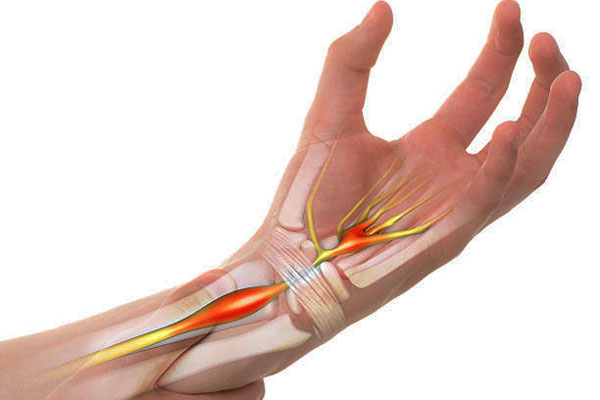Bone Fusion Surgery on Wrist
What is a bone fusion surgery for the wrist?
Wrist fusion, or wrist arthrodesis, involves the fusion of the bones in one or more joints of the wrist to prevent them from moving and to stabilize the joints. Although it limits the motion in the wrist, the surgery helps to regain strength and prevent painful movement. Wrist fusion is a relatively complicated surgery as it involves the bringing together of 13 bones, unlike other joints, which are usually made of only two bones.

Why is bone fusion surgery in the wrist performed?
The wrist is a complex joint, and arthritis in this joint can be very painful, making it difficult to carry out simple daily activities. In order to cure severe wrist arthritis, wrist fusion surgery is performed.
Wrist fusion is also necessary in patients with severe trauma to the wrist.
Other conditions that may need wrist fusion are:
- Wrist deformities
- Previous wrist reconstruction
- Post-infectious conditions
- Damage to the wrist joints due to tumors
This surgery is considered only after attempting all the other possible non-surgical treatment methods, such as rest, non-steroidal anti-inflammatory drugs (NSAIDs), physical therapies, and steroid treatment.
The surgery helps in relieving pain associated with the movement and improving the function of the hand.
What are the pre-procedure care for the surgery?
Getting prepared in advance for the surgery may help the patient avoid the fear of surgery. The following measures may be taken before the wrist fusion:
- Ask the surgeon about any questions regarding the surgery.
- Inform the doctor regarding the presence of any illnesses.
- Stop taking the medicines that increase the risk of bleeding after the surgery, as suggested by the doctor.
- Do not eat or drink for at least 8 hours before the surgery. However, the recommended medicines may be taken with a sip of water.
- Arrange for someone to drive you back home after discharge.
- Arrange for someone at home to provide assistance with daily routines after discharge.
How is the surgery performed?
Based on the severity of arthritis, either a partial or complete wrist fusion may be necessary. The doctor will discuss the type of surgery that may be best for the patient.
Wrist fusion surgery may last for about 1 and a half hours. It is conducted under general anesthesia to put the patient to sleep during the operation. Sometimes only a local anesthetic may be given to cause numbness of the wrist and hand. The surgeon cleans the skin with an alcoholic solution to prevent germs from entering the body through the skin.
An incision is made on the back of the wrist, through which the ligaments and tendons are moved to one side to access the wrist joints. The articular cartilage is removed from the joints to be fused. Also, the bones that are misaligned are placed back into their proper positions.
The doctor takes a bone graft (a small piece of bone) from another part, like the arm, and places it between the spaces in the wrist bones to be fused. Finally, metal plates are placed that begin in the arm bone and run up to the middle finger through the wrist. The metal plate holds the bones in position to allow for proper fusion and is left inside permanently unless it causes any problems. The incision is closed with stitches.
What is the post-procedure care?
An elbow-length cast would be worn for about 6 weeks to prevent movement of the wrist during the fusion of the bones. A detachable splint may be worn after six or eight weeks. Pain medicines will be prescribed to control the discomfort associated with the surgery.
If the stitches do not get absorbed by the skin, they will be removed after 10 to 14 days.
Physical therapy helps with learning how to use the wrist with limited mobility. It begins as a simple range-of-motion exercise of the joints. Also, the therapist may perform gentle massages to ease the pain and muscle spasms.
Other measures to be taken by the patient during the recovery period are:
- Whenever possible, keep the legs elevated. This may be done for several days to reduce swelling.
- Avoid quick actions involving the use of the wrist.
- Go for regular visits as scheduled by the surgeon until complete healing occurs. The doctor might need x-rays to check for the progress of healing.
What are the risks of wrist fusion?
Wrist fusion includes the same risks as all other major surgical operations, including:
- Injury to the blood vessels and nerves
- Infection
- Tendon irritation from the hardware
- Non-union of the bones
- Prolonged discomfort
The risk is high in patients with conditions such as diabetes, high blood pressure, cancer, etc. when compared to otherwise healthy patients.
However, good surgical techniques can help minimize the risk of developing the above complications.
